 My lecture on this project, as delivered to the Society for Photographic Education National Conference in Philadelphia a year ago, is now online in the SPE journal Exposure, where it appeared on February 12, titled “Alternate History: Robert Capa on D-Day.”
My lecture on this project, as delivered to the Society for Photographic Education National Conference in Philadelphia a year ago, is now online in the SPE journal Exposure, where it appeared on February 12, titled “Alternate History: Robert Capa on D-Day.”
The Medium.com platform on which SPE now publishes Exposure enables readers to “clap,” which I gather constitutes an equivalent of Facebook “likes,” or its thumbs-up/-down emoji, or something of that sort. It also enables (below that) actual “Responses.” Though presently it has attracted only five of the latter (all of them favorable but none substantive), Exposure editor Stacy Platt informed me that, as of March 31,
“Your story is our most viewed story of all time since moving to Medium, and it’s been less than two months since it was published! It is currently sitting at 39K views, but I suspect it will flip over to 40K rather soon. So much more reach than when we were a print publication going only to current dues paying members!”
 One early reader thereof at Medium.com was Nathan Tsui, photo editor of the Hong Kong-based multi-subject general audience website HK01. Almost immediately after this article went live at the Exposure site, Tsui contacted me to request permission to translate it into Chinese and present it to their readership. Forty-eight hours later it went live there as well, making it the fastest republication and translation that any of my essays has ever received.
One early reader thereof at Medium.com was Nathan Tsui, photo editor of the Hong Kong-based multi-subject general audience website HK01. Almost immediately after this article went live at the Exposure site, Tsui contacted me to request permission to translate it into Chinese and present it to their readership. Forty-eight hours later it went live there as well, making it the fastest republication and translation that any of my essays has ever received.
This publication at Medium.com also attracted the attention of the Hungarian  website HírZilla, where an unsigned article titled “Semmi nem stimmel a D-nap legendás fotóinak sztorijával” appeared on February 16, 2019. I gather that this is a Hungarian version of the English-language content-aggregation sites where people rewrite and summarize news stories. This article synopsizes the text of my lecture in an even-handed, indeed sympathetic way — surprising, as I’d have expected more knee-jerk defense of this celebrated native son.
website HírZilla, where an unsigned article titled “Semmi nem stimmel a D-nap legendás fotóinak sztorijával” appeared on February 16, 2019. I gather that this is a Hungarian version of the English-language content-aggregation sites where people rewrite and summarize news stories. This article synopsizes the text of my lecture in an even-handed, indeed sympathetic way — surprising, as I’d have expected more knee-jerk defense of this celebrated native son.
So far as I know, this represents the first Hungarian comment on the Capa D-Day project. I put it through Google Translate, which generated a readable if infelicitous English rendition. You can download a pdf file of that here, if you care to get really granular. Partly as a result, I have negotiations underway for a showing of the Capa D-Day installation/exhibition for fall 2020 in Budapest.
•
![]() No sooner did that article get up and running at Medium.com than Michael Zhang, editor of PetaPixel, emailed to request permission to republish it there as well. Which I granted; you can find it here, under the title “Debunking the Myths of Robert Capa on D-Day.”
No sooner did that article get up and running at Medium.com than Michael Zhang, editor of PetaPixel, emailed to request permission to republish it there as well. Which I granted; you can find it here, under the title “Debunking the Myths of Robert Capa on D-Day.”
The PetaPixel version has drawn well over 260 comments so far, with the respondents divided between (a) individuals who clearly read the text of my lecture carefully and, in many cases, also read at least some of the research at this blog on which I based that talk, and (b) ignorami who read my article cursorily at best and couldn’t trouble themselves to delve deeply into the research, where many of the elementary questions they consider damning have long since been asked and answered. Not surprisingly, those in group (a) often identify themselves by name, while those in group (b) never do.
 As a matter of professional policy, I don’t participate in unmoderated forums that tolerate and thus encourage the presence of trolls too cowardly to sign their names to publicly expressed opinions. (See the series “Forumization and Its Malcontent.”) And the comments at PetaPixel, even the supportive ones, don’t add substantively to the discussion; at best, they contradict some of the uninformed balderdash. So, while I felt an obligation to read through them, I don’t advise spending time there unless you want or need further proof of the wisdom of my late colleague Richard Kirstel: “Ignorance is a condition; dumbness is a commitment.”
As a matter of professional policy, I don’t participate in unmoderated forums that tolerate and thus encourage the presence of trolls too cowardly to sign their names to publicly expressed opinions. (See the series “Forumization and Its Malcontent.”) And the comments at PetaPixel, even the supportive ones, don’t add substantively to the discussion; at best, they contradict some of the uninformed balderdash. So, while I felt an obligation to read through them, I don’t advise spending time there unless you want or need further proof of the wisdom of my late colleague Richard Kirstel: “Ignorance is a condition; dumbness is a commitment.”
The PetaPixel version came to the attention of David Schonauer, who posted a notice of it at American Photography’s ProPhotoDaily, with a link back to the story. This has driven yet more traffic to the article. It also got picked up at another content aggregator, Flipboard (“Stories Curated For You”). Could be a trend. Perhaps our project will end up getting some traction at last here in North America.
It also drew a thoughtful response from Peter Marshall, who has proved himself a regular and supportive respondent to this project at his blog, Re-photo. So that will have helped alert his (primarily) U.K. readership to this summary.
•
Over the past year I have also delivered this lecture at the SPE National Conference mentioned earlier; at the Rochester Institute of Technology-sponsored Photo History / Photo Future Conference; at Webster University, St Louis (in conjunction with the premiere of the Capa D-Day installation/exhibition, more about which anon); and at the Pennsylvania College of Art & Design in Lancaster, PA. By the time you read this, the talk will have made its overseas debut at Lavaklubi, Helsinki, on April 10 (courtesy of that city’s F5.6 Club); and I’m scheduled to give it again at the New Hampshire Institute of Art on September 23, in conjunction with my residency there as a John Teti Fellow.
•
Robert Kershaw on Capa’s D-Day: The Prequel
As a follow-up to my February review of Robert Kershaw’s new book about D-Day, Landing on the Edge of Eternity: Twenty-Four Hours at Omaha Beach, I have since obtained and read a copy of Kershaw’s first book on the invasion — D-Day: Piercing the Atlantic Wall, originally published in 1994, on the invasion’s 40th anniversary. As with this book’s current version, I did not read it all the way through, concentrating instead on the passages relating to Robert Capa’s account of his D-Day experiences. (There’s a 2009 reprint from the same publisher that I haven’t seen. Once again, I must point out that Robert Kershaw is no relation to Alex Kershaw, author of Blood and Champagne, the unauthorized 2002 Capa biography.)
In those passages D-Day: Piercing the Atlantic Wall utilizes the same method of interweaving material from an assortment of first-hand accounts from both the Allied and German perspectives as the author progresses through the event’s timeline. But it differs significantly in format, structure, and content from the new book.
For openers, D-Day: Piercing the Atlantic Wall comes as an oversized (8×10″), heavily illustrated tome printed on glossy stock. This allows its author to reproduce and comment on photos and other relevant visual materials, sometimes weaving that into the book’s running text. More on that in re Capa will follow.
Here, as in the more recent version of this book, Kershaw treats Capa’s account as strictly factual. Kershaw’s bibliography lists only the posthumous 1964 Capa monograph Images of War as the source for his Capa passages; that book, published to accompany a touring Capa exhibition, contains extracts from Capa’s heavily fictionalized 1947 memoir, Slightly Out of Focus. In an endnote, Kershaw confirms this: “All quotations by Capa from Images of War p. 108-110.” Presumably Kershaw could not trouble himself to read the original source of those extracts.
Granted, in 1994 no one had effectively challenged its credibility, and its highly fictionalized aspect had not become widely recognized, nor even acknowledged by Capa’s partisans. However, Richard Whelan’s authorized biography, itself a deeply flawed work in which Whelan alternately relies on Capa’s text and rationalizes its countless exaggerations and falsifications, had appeared in September 1985, so Kershaw had had ample opportunity to familiarize himself with that.
Still, Capa’s images themselves belie many of his written claims, a fact obvious to anyone who studies them closely. Kershaw must have found it evident, because the first clue to his distrust of Capa’s narrative comes as a notable omission: he makes no mention of Capa’s outlandish claim to have gone in with “the first wave.” Perhaps Kershaw knew that no journalists went in with the first waves of troops attacking any of the sectors. At least he had sense enough to see from Capa’s first five Omaha Beach exposures that previous waves of troops had preceded Capa’s own.
As one notable difference between this volume and its successor, Kershaw quotes accurately Capa’s description of the June 6 pre-landing shipboard breakfast in Slightly Out of Focus, as follows:
“The mess boys of the USS [Samuel] Chase wore immaculate white jackets and served hot cakes, sausages, eggs, and coffee with unusual zest and politeness.”
In Landing on the Edge of Eternity Kershaw revises that passage to read like this:
“The mess boys of the USS Henrico wore immaculate white jackets and served hot cakes, sausages, eggs, and coffee with unusual zest and politeness.”
Kershaw does so in order to conform his revised version of the narrative to the one proposed in 2007 by the late Richard Whelan, Capa’s official biographer, in a desperate Procrustean attempt to fit Capa’s tall tale to the evidence. However, as a historian you don’t get to “correct” (for which read: change) your source material to fit your preferred narrative, even if you think your source is wrong. As I wrote in my review of Kershaw’s new book, “That’s not revisionist historianship; it’s corrupt historianship, inexcusable.”
Most importantly, as a structural issue, Kershaw in this 1984 book reproduces the first nine of Capa’s ten Omaha Beach 35mm images, commenting on each one in turn (pp. 123-27). Unfortunately, those annotations do not reflect well on Kershaw’s knowledge of photography or military equipment, nor on his ability to pay close attention to the evidentiary data encoded in photographs.
Kershaw apparently determined that Capa didn’t come in with the first wave, asserting correctly that Capa made his first image “from the ramp of his landing craft,” even adding perceptively that “Running back toward him to the right of his field of vision is a combat engineer, carrying explosives, engaged in obstacle clearing.”
Yet Kershaw fails to capitalize on those observations. He claims that “Capa himself is filming from the prone horizontal” when making his next three exposures, whereas his elevation indicates that he’s well above the figures he’s photographing, still on the ramp of the landing craft.
More importantly, Kershaw clearly doesn’t recognize that the preceding waves visible in those pictures arrived over a period of time sufficient for Combined Demolitions Team 10 (visible in the middle ground of five of Capa’s ten exposures from the beach) to blow enough obstacles that Armored Assault Vehicle 10, visible on the left (a so-called “tankdozer”) could clear the resulting debris, enabling the tanks seen in several of those exposures to either float in under their own power or disembark from LCTs and make their way to the very edge of the beach.
Kershaw makes no mention of the implications of those obvious facts. To the contrary, he repeats the fallacious claim that the engineers at their work are instead members of “the 16th RCT [Regimental Combat Team] crawling ashore like mud-coloured prehistoric amphibians.” He continues,
“Men weighted down by packs are sprawled full-length, crawling through freezing water. Intermixed within this flotsam are human remains, wreckage, helmets and hundreds of discarded life jackets, all piling up into a disturbing scum on the water’s edge. The stench of diesel fumes is all pervading. Behind the amphibians lurking in the water are the shadowy outlines of more landing craft, ramps lowered, running in. …”
Colorful and evocative, no doubt. But absolutely none of what Kershaw describes so feverishly actually appears in any of Capa’s images. No “human remains,” no “wreckage,” and only a few “discarded life jackets.” To the contrary, the engineers busily and efficiently go about their work, as incoming troops from regimental headquarters, most of them standing upright, make their way steadily toward the shore. Corroborating this, the color films made of the same spot at the same time by U.S. Coast Guard cinematographer David T. Ruley show a reasonably orderly disembarkation, arrival on the beach, and forward progress of incoming troops. (For more on that, see Charles Herrick’s analysis of the Ruley films that he and I discovered.)
After making his way past those heroic engineers to the shelter of Armored Assault Vehicle 10, Capa would photograph them again, this time from the opposite direction, looking seaward, facing them. Even given a second chance, with their helmet insignia now visible, Kershaw would again get it completely wrong:
“In the foreground, behind two Czech hedgehogs, is an officer and a group of infantrymen under cover. Around them, discarded life jackets, pack, equipment and other flotsam is being washed toward the beach. Capa zooms to this pathetic party struggling for survival. One is face down in the water. Behind both obstacles are three to four men sheltering in its fragile lee. …”
Again, little of what Kershaw describes actually appears in these images: minimal debris, and no “pathetic party struggling for survival.” For Charles Herrick’s detailed analysis of these images and the efforts and results of the work of this group of engineers, click here.
With a final quote from Capa about his inability to reload his camera, Kershaw closes out Capa’s role in this book. Mercifully, he spares us a recapitulation of the emulsion-melt fable in the main body of the text, restricting it to a footnote:
“Only these 10 photographs survived. The remainder were accidentally melted by an over enthusiastic [sic] dark-room assistant, excited at the quality of over one hundred negatives — possibly the best taken on D-Day.” (P. 244.)
I can’t close this review without noting Kershaw’s astonishing reading of Capa’s 10th Easy Red frame, which he misidentifies as his 6th:
“Fire appears to be coming across Capa’s right shoulder. men are attempting to move forward in rushes. Two may be seen [Photo 6] to rise, stagger a few paces forward, before splashing back into the water.”
It would be a remarkable still photo indeed, in 1944 or today, that could show such a sequence of action: two men rising, staggering, and falling. If you can find anything resembling that in this image, please let me know. If not, use that as measure of Kershaw’s competence as a historian.
•
Après nous le déluge
Speaking of Capa D-Day Project team member Charles Herrick, he recently informed me that the Capa Archive of the International Center of Photography, located now at MANA Contemporary across the Hudson in New Jersey, has made available the papers of Cornell Capa, Richard Whelan, and at least portions of the interviews with Capa-related figures subsidized in the early 1960s by Cornell and conducted by Jozefa Stuart. Herrick spent some time with those materials in early December of 2018. I haven’t yet had that opportunity, but will avail myself of it later this year. And I certainly encourage others to delve into this newly available trove.
Print the Legend
“This is the West, sir. When the legend becomes fact, print the legend.” Star reporter Charlie Hasbrouck (Joseph Hoover) to Ransom “Ranse” Stoddard (James Stewart), closing line of The Man Who Shot Liberty Valance, a 1962 American western film directed by John Ford.
“Wondering why people haven’t questioned the story of Capa’s D-Day film … Why bother? People like the story. And it’s a better story than that Capa bugged out after snapping only 11 frames, if that’s what happened.” — John Loengard, ex-LIFE staff photographer turned author and LIFE historian, News Photographer, January-February 2015, p. 56.
•
(For an index of links to all posts in this series, click here.)
•
Special offer: If you want me to either continue pursuing a particular subject or give you a break and (for one post) write on a topic — my choice — other than the current main story, make a donation of $50 via the PayPal widget below, indicating your preference in a note accompanying your donation. I’ll credit you as that new post’s sponsor, and link to a website of your choosing.
 Include a note with your snail-mail address (or email it to me separately) and I’ll include three (3!) copies of The Silent Strength of Liu Xia, the catalog of the 2012-13 touring exhibition of photos by the dissident Chinese photographer, artist, and poet, who, after eight years of extralegal house arrest in Beijing, finally got released and expatriated to Germany in 2018. The only publication of her photographic work, it includes all 26 images in the exhibition, plus another 14 from the same series, along with essays by Guy Sorman, Andrew Nathan, and Cui Weiping, professor at the Beijing Film Academy. Keep one for yourself, share the others with friends.
Include a note with your snail-mail address (or email it to me separately) and I’ll include three (3!) copies of The Silent Strength of Liu Xia, the catalog of the 2012-13 touring exhibition of photos by the dissident Chinese photographer, artist, and poet, who, after eight years of extralegal house arrest in Beijing, finally got released and expatriated to Germany in 2018. The only publication of her photographic work, it includes all 26 images in the exhibition, plus another 14 from the same series, along with essays by Guy Sorman, Andrew Nathan, and Cui Weiping, professor at the Beijing Film Academy. Keep one for yourself, share the others with friends.


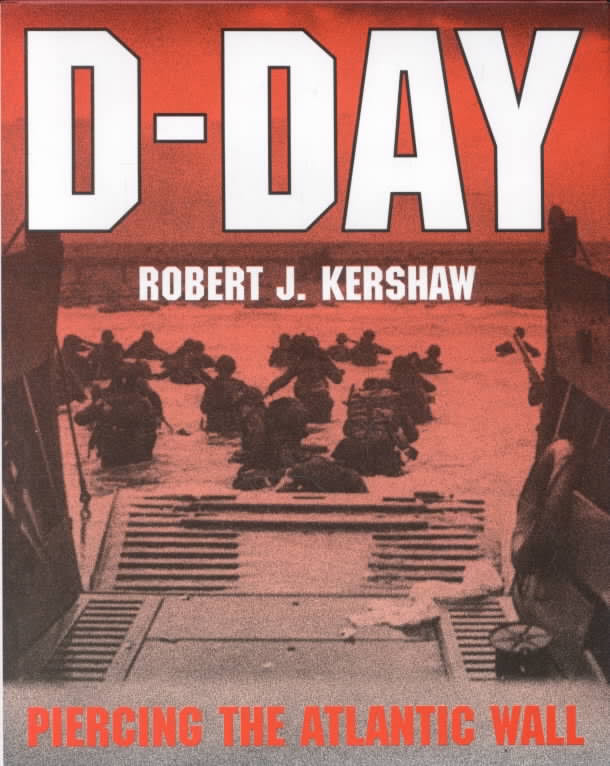
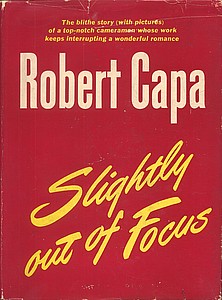
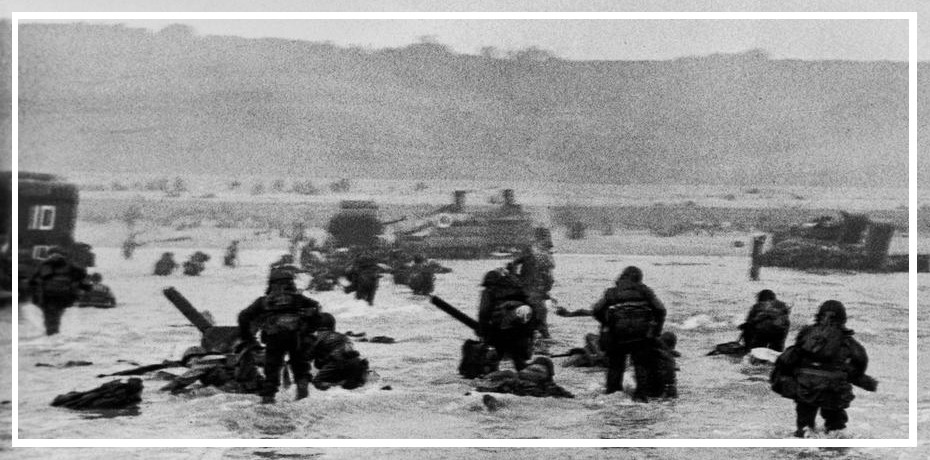
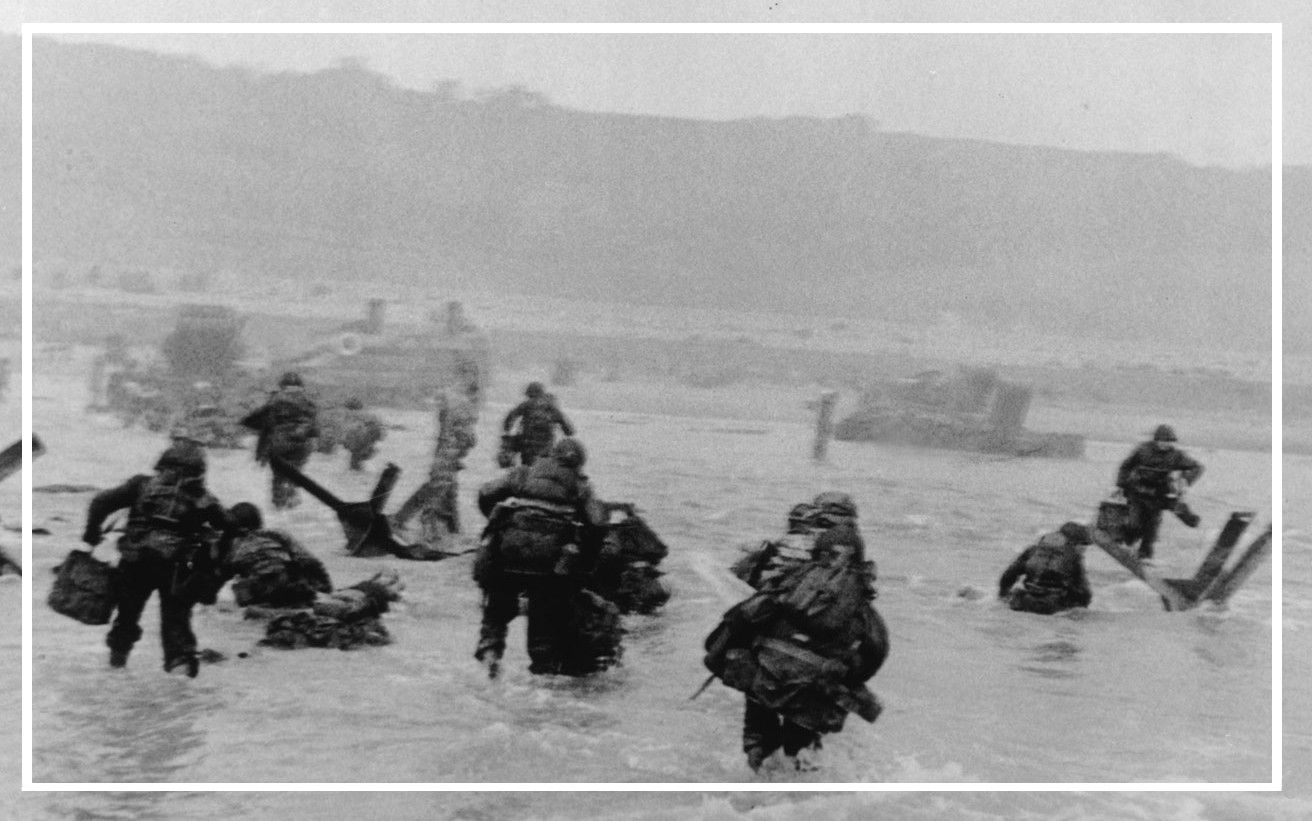

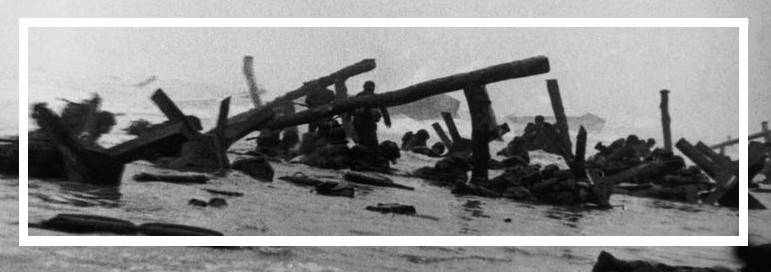




The difference between “claps” on medium and “Likes” is that one may clap more than once, one simply holds the mouse button down and the applause continues.
I am now going to toot my own horn, in aid of both my own vanity (first) and a short informative pitch on contemporary media (a distant second).
It was I who sent the tip to Petapixel, although to be fair I may well have not been the *only* person. The point here is that Petapixel is the dominant news source for younger photo enthusiasts, and they will publish god damned near anything. But you have to tip them off. There’s a button on the web site.
Secondly, I went and edited the wikipedia page (possibly The Other authoritative source accessed by young photo enthusiasts in these degenerate times). My edit sucked, but I also made some remarks on the associated “talk” page, and in general triggered more experienced editors to go correct and update the page, which you may exmaine here:
https://en.wikipedia.org/wiki/The_Magnificent_Eleven
I think it’s quite reasonable at this point (and if you disagree, well, you can go change it!)
The point here is that anyone can sign up to be a wikipedia editor, and can do what I did.
While I *am* handsome, erudite, and beloved by all dogs, I am not special. Anyone could have done these things, and when work like this gets done it behooves us to spread the word in these ways.
I will take you at your word that you did both those things. Consequently, I and the Capa D-Day Project team and all those who follow this investigation owe you a vote of thanks.
I find it disturbing that one can “clap” as often as one wants at Medium.com without even having to refresh the page. Makes stuffing the ballot box way easier than necessary — and of course makes my current “clap” count there (884) more than a little suspect.
I appreciate the referral (“tip”) to PetaPixel. And the rewrite at Wikipedia — though it shows how scarily easy it proves for someone, really anyone (no offense) to revise an entry.
If you drop me an email with your snail-mail address I’ll send you a token of my appreciation.